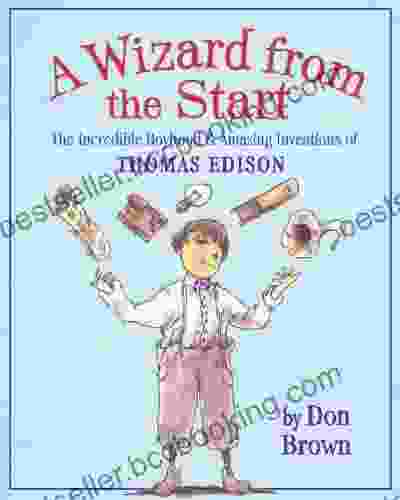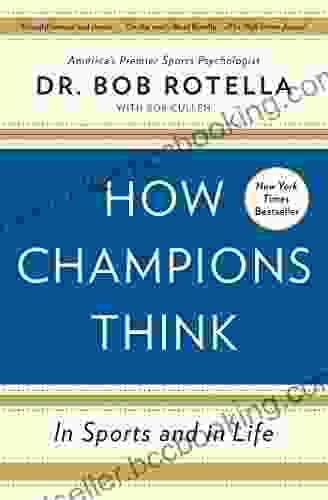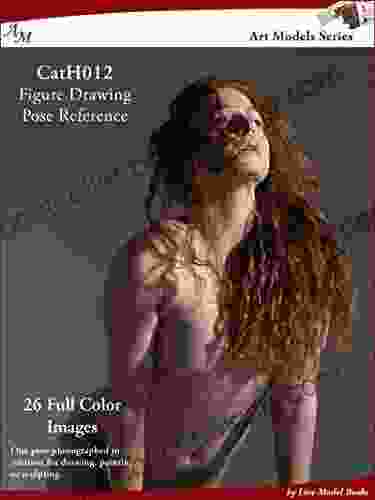The Incredible Boyhood and Amazing Inventions of Thomas Edison

In the annals of scientific history, Thomas Edison's name stands as a beacon of innovation and ingenuity. His groundbreaking inventions, including the incandescent light bulb, the phonograph, and the motion picture camera, have indelibly shaped our modern world.
But beyond the accolades and recognition, lies a fascinating story of a young boy driven by an insatiable thirst for knowledge and an unwavering belief in his abilities. Thomas Edison's boyhood, filled with extraordinary adventures and early experiments, laid the foundation for his remarkable life's work.
4.6 out of 5
| Language | : | English |
| File size | : | 9104 KB |
| Screen Reader | : | Supported |
| Print length | : | 32 pages |
Early Years: A Spark of Curiosity
Thomas Edison was born on February 11, 1847, in Milan, Ohio. From a tender age, he displayed an unquenchable curiosity and a relentless drive to explore the unknown. At the age of seven, he conducted his first scientific experiment, testing the effects of different powders on a stick rubbed against a wall. This simple experiment sparked a lifelong passion for experimentation and discovery.
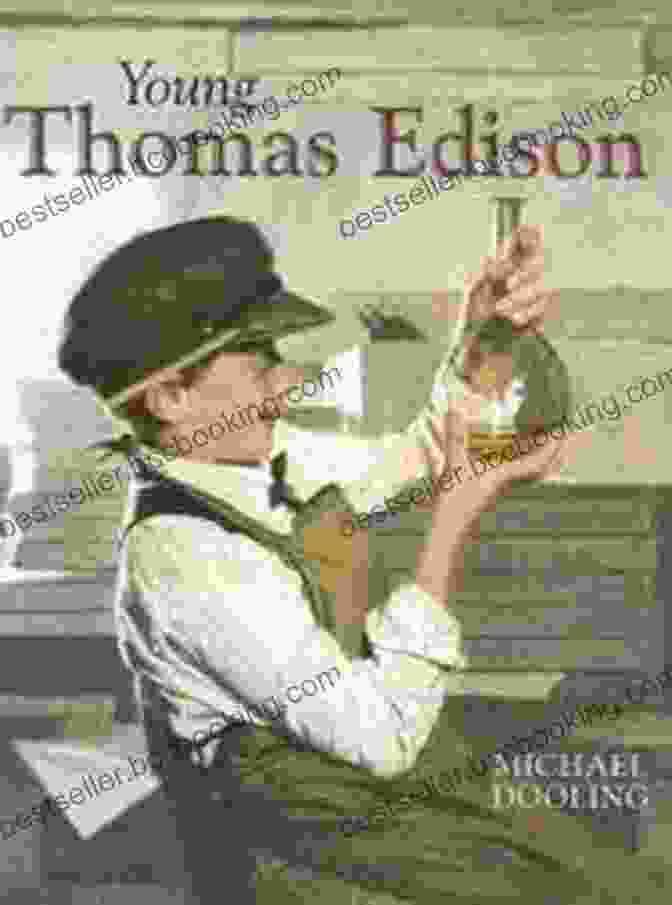
Edison's formal education was brief. He attended school for only three months before his mother, a former teacher, took him out of the classroom and began homeschooling him. This unconventional approach allowed Edison to pursue his interests freely, nurturing his natural curiosity and encouraging him to think independently.
Apprenticeships and Early Inventions
At the age of 12, Edison began working as a newsboy on trains running between Port Huron and Detroit. This job provided him with ample time to read and conduct experiments. He set up a makeshift laboratory in a baggage car, where he experimented with chemicals, electrical devices, and printing presses.
In 1863, Edison became a telegraph operator. This role further fueled his fascination with electricity and led to his first significant invention, the automatic telegraph repeater. This device enabled telegraph signals to be relayed over longer distances without requiring manual intervention.
The Menlo Park Laboratory: A Hub of Innovation
In 1876, Edison established his now-famous Menlo Park laboratory in New Jersey. This state-of-the-art facility became a hub of innovation, where Edison and his team of engineers and scientists worked tirelessly on a wide range of groundbreaking inventions.
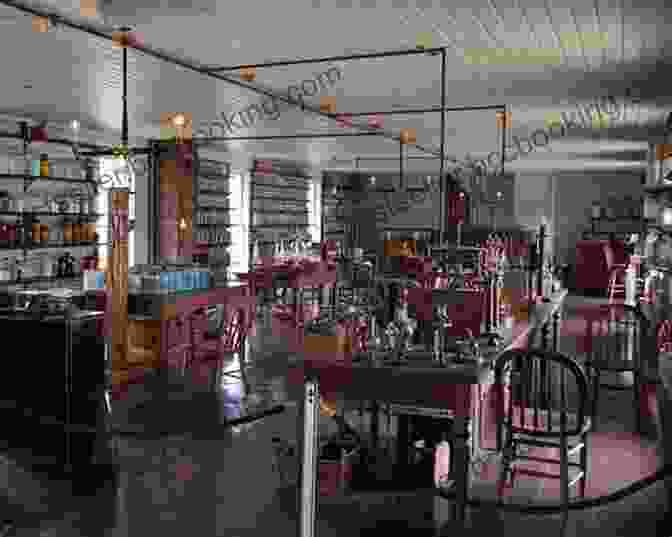
It was at Menlo Park that Edison perfected the incandescent light bulb, forever changing the way people illuminated their homes and cities. He also invented the phonograph, the first device capable of recording and reproducing sound, and the motion picture camera, which laid the foundation for the modern film industry.
Impact on the Modern World
Edison's inventions had a profound impact on society. The incandescent light bulb extended the hours of productivity and leisure, enabling people to work and socialize after dark. The phonograph revolutionized the music industry, making it possible for people to enjoy recorded music in their own homes. And the motion picture camera gave birth to a new art form and a powerful medium of storytelling and entertainment.
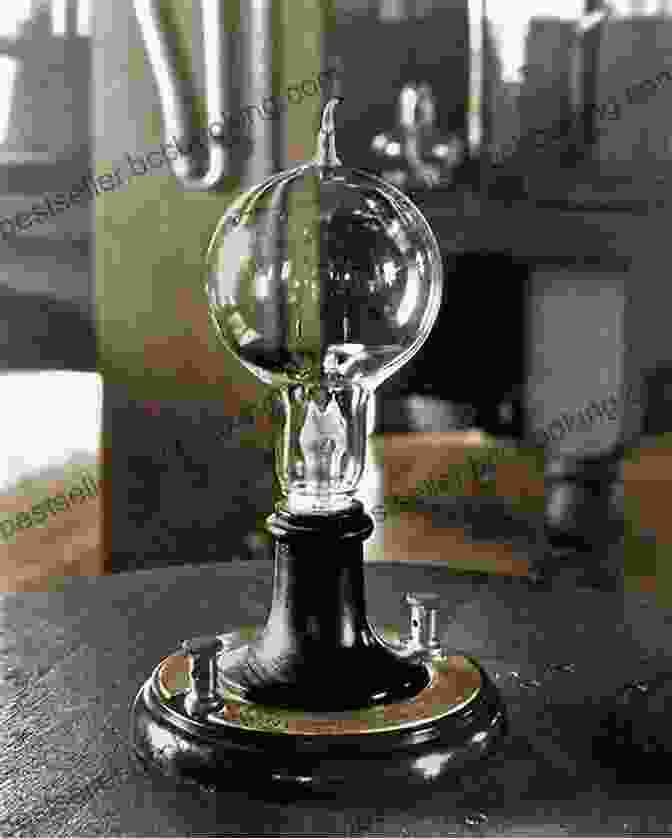
Beyond his scientific achievements, Edison was also a successful businessman and entrepreneur. He founded several companies, including General Electric, which remains one of the world's largest corporations today.
: A Legacy of Innovation
Thomas Edison's incredible boyhood and amazing inventions stand as a testament to his unwavering determination, relentless pursuit of knowledge, and unwavering belief in the transformative power of innovation. His legacy continues to inspire generations of scientists, engineers, and entrepreneurs to push the boundaries of human ingenuity.
The story of Thomas Edison's boyhood and inventions is not merely a tale of scientific breakthroughs but a timeless reminder that with curiosity, perseverance, and a belief in one's dreams, anything is possible.
4.6 out of 5
| Language | : | English |
| File size | : | 9104 KB |
| Screen Reader | : | Supported |
| Print length | : | 32 pages |
Do you want to contribute by writing guest posts on this blog?
Please contact us and send us a resume of previous articles that you have written.
 Book
Book Novel
Novel Page
Page Chapter
Chapter Text
Text Story
Story Genre
Genre Reader
Reader Library
Library Paperback
Paperback E-book
E-book Magazine
Magazine Newspaper
Newspaper Paragraph
Paragraph Sentence
Sentence Bookmark
Bookmark Shelf
Shelf Glossary
Glossary Bibliography
Bibliography Foreword
Foreword Preface
Preface Synopsis
Synopsis Annotation
Annotation Footnote
Footnote Manuscript
Manuscript Scroll
Scroll Codex
Codex Tome
Tome Bestseller
Bestseller Classics
Classics Library card
Library card Narrative
Narrative Biography
Biography Autobiography
Autobiography Memoir
Memoir Reference
Reference Encyclopedia
Encyclopedia Diane Yancey
Diane Yancey Debtors Anonymous
Debtors Anonymous Debra Pascali Bonaro
Debra Pascali Bonaro Dominic Barton
Dominic Barton Dolores Kong
Dolores Kong Doris Burn
Doris Burn Dorothy A Winsor
Dorothy A Winsor Don Macleod
Don Macleod Donald G Reinertsen
Donald G Reinertsen Deborah Nelson Linck
Deborah Nelson Linck Don Bowers
Don Bowers Dr Ann Lee Nd L Ac
Dr Ann Lee Nd L Ac Donald Murray
Donald Murray Donald Frias
Donald Frias Deepak Malhotra
Deepak Malhotra Diane Melville
Diane Melville Dr Albert Ace Goerig
Dr Albert Ace Goerig Dot Edu
Dot Edu Diane Vaughan
Diane Vaughan Donald Miller
Donald Miller
Light bulbAdvertise smarter! Our strategic ad space ensures maximum exposure. Reserve your spot today!
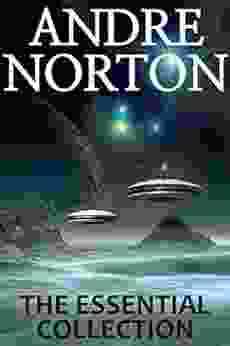
 Timothy WardAndre Norton: The Essential Collection - Unlocking the Gateway to Enchanting...
Timothy WardAndre Norton: The Essential Collection - Unlocking the Gateway to Enchanting... Grant HayesFollow ·3.4k
Grant HayesFollow ·3.4k Dean CoxFollow ·14.7k
Dean CoxFollow ·14.7k Howard PowellFollow ·17.6k
Howard PowellFollow ·17.6k Ross NelsonFollow ·2.5k
Ross NelsonFollow ·2.5k Roald DahlFollow ·10.9k
Roald DahlFollow ·10.9k Owen SimmonsFollow ·4.5k
Owen SimmonsFollow ·4.5k Scott ParkerFollow ·9.6k
Scott ParkerFollow ·9.6k Edgar HayesFollow ·11.1k
Edgar HayesFollow ·11.1k

 J.D. Salinger
J.D. SalingerThe Quintessential American Cook: A Culinary Journey with...
Prologue: The Man...
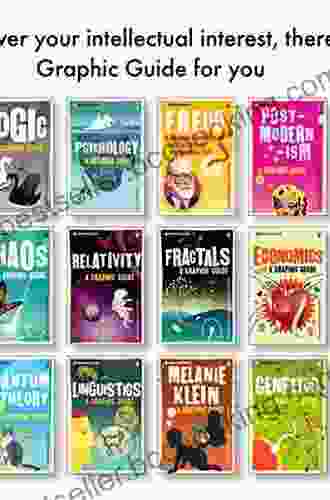
 Franklin Bell
Franklin BellIntroducing Romanticism: A Literary Guide to the Romantic...
Romanticism was a...
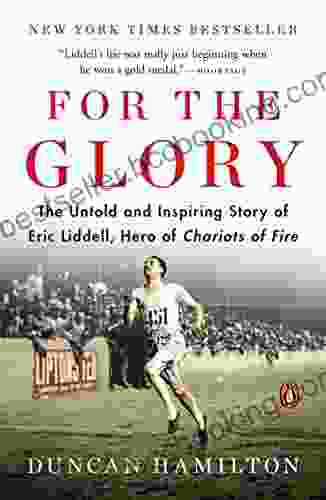
 Denzel Hayes
Denzel HayesThe Untold And Inspiring Story Of Eric Liddell Hero Of...
The Olympian Who Defied...
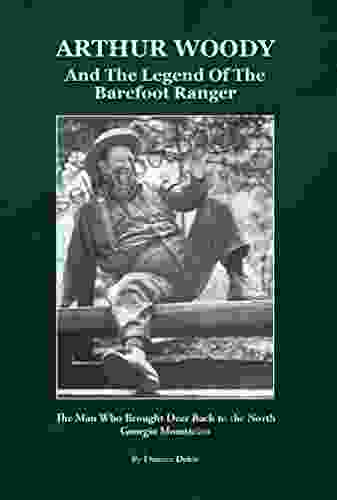
 Oscar Wilde
Oscar WildeDiscover the Enchanting Adventure of Arthur Woody and the...
Immerse Yourself in a World of Mystery,...
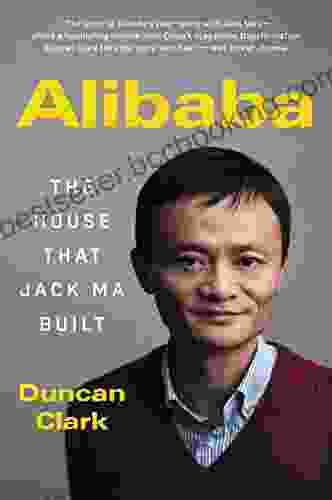
 Fernando Bell
Fernando BellAlibaba: The House That Jack Ma Built
The Rise of the Chinese E-Commerce Giant ...
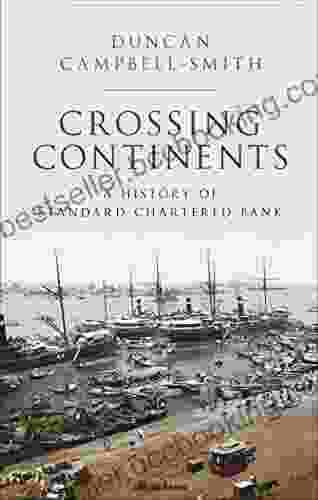
 Leo Tolstoy
Leo TolstoyCrossing Continents: A History of Standard Chartered Bank
By John M. Smith Crossing...
4.6 out of 5
| Language | : | English |
| File size | : | 9104 KB |
| Screen Reader | : | Supported |
| Print length | : | 32 pages |


